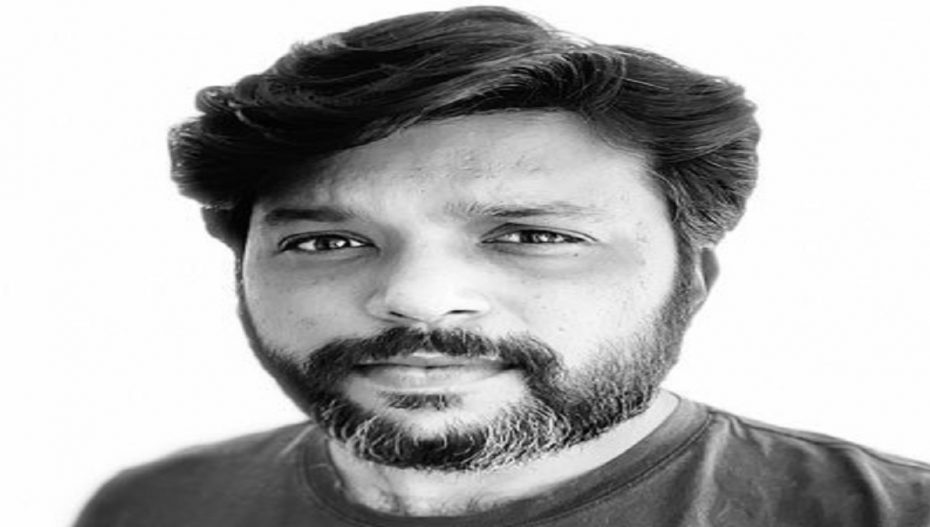Amidst the campaign of Taliban to reconquer Afghanistan gathering pace in the month of June, hundreds of people were losing their lives in the fight and a huge chunk of Afghan nationals was fleeing. A 38-year-old photojournalist for Reuters based in New Delhi decided to cover the story, telling his boss, “If we don’t go, who will?”
Siddiqui arrived at a base of the Afghan Special Forces in the southern city of Kandahar on 11 July, Sunday. Where he was surrounded with a unit of several hundred elite commandos tasked with preventing the Taliban fighters to succeed in their plans, who in the previous few weeks had been steadily capturing territory.
Siddiqui got connected with a successful mission to rescue a policeman who was surrounded by insurgents on 13 July, Tuesday. His convoy was returning when it came under fire from rocket-propelled grenades. The Humvee he was travelling in was hit by one of the RPGs, destroying three other vehicles. He captured the flash and jolt as a grenade struck the side of his vehicle and the commandos up front drove through the barrage on video. His images and report of the mission went on the Reuters wire, and he later shared the action on Twitter.
After three days, Siddiqui along with two Afghan commandos were killed in a Taliban attack in a failed attempt to recapture the key border town of Spin Boldak on 16 July. That defeat was an early milestone in the collapse of the Afghan military. Weeks later, the Taliban conquered city after city, with its ultimate victory in mid-August after capturing Kabul.
Initial reports suggested Siddiqui was killed in crossfire while trying to take photographs in the bazaar at Spin Boldak, a hotly contested Afghan border crossing with Pakistan. But an examination of Siddiqui’s communications with Reuters and accounts from an Afghan Special Forces commander show that he was first injured by shrapnel from a rocket. He was evacuated to a local mosque for treatment. And he was killed, according to the top Afghan officer, after being abandoned with two soldiers in the confusion of a retreat.
Other circumstances surrounding Siddiqui’s death are still unclear. According to a report by Reuters, the Afghan security officials and Indian government officials, based on photos, said that intelligence and an examination of Siddiqui’s body, his body was mutilated while in Taliban custody after his death. Although Taliban denies this.
A British ballistics expert Philip Boyce of Forensic Equity, reviewed photos posted on social media soon after the attack and compared them with pictures and X-rays taken after Siddiqui’s body was recovered from the Taliban. Boyce concluded it was “evident that he was shot multiple further times after he was killed.” Some reports also have claimed his body was run over by a vehicle; Boyce said the damage observed in the photos was consistent with gunshots and didn’t necessarily imply other kinds of post-mortem injury, the Reuters report stated.
Reuters in its report has said that the events relating to the death of Siddiqui are the subject of internal and external reviews and the company is working hard to verify the facts.













